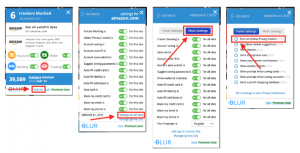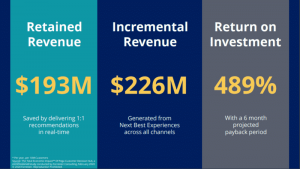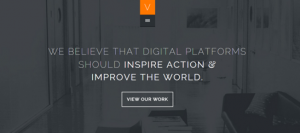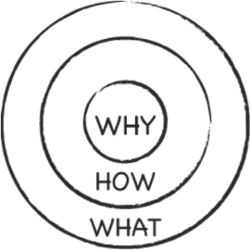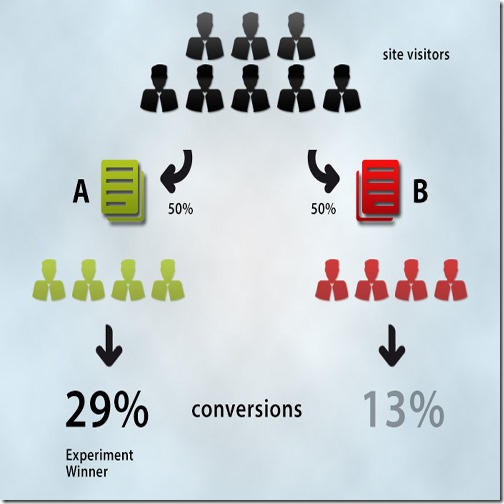
There was a time when you could get traffic to a page and make money out of it. As more websites mushroomed and as it became more competitive to attract the attention of the forever-hassled online information seeker, that traffic started to wane. Today, you might still manage to get traffic but there are many other factors influencing the success of each page on your website.
One of those very critical factors that’ll influence your performance as a marketer is conversion optimization. If it were important earlier, it’d be a do or die thing in 2014 and beyond. Conversion — the act of making sure that arriving traffic to your website converts — is slowly growing as a very important aspect of marketing.
How do the conversion rates look right now? Mashable presents data from Marketing Sherpas 2012 Web Optimization survey.
If you can bring in revenue from 10% (assumed) conversion rate, how much more revenue would you stand to generate if the conversion rate is 15% or 26% or even 170%?
You do that by filling up a multitude of tasks just to answer the question, as Dan Barker of Smart Insights puts it:
How do we make customers take action more?
How do we make customers buy more?
Dan writes that not all visitors are meant to convert. But among those who are likely to convert or those who fit the ideal customer profile, marketers can work to maximize conversions. Its time to break it all down. Specifics come to rule again.
Dr.Karl Blanks and Sean Ellis of Conversion Rate Experts insist that practically everything you ever wanted your customers to do now depends on conversion optimization: that includes trial sign-ups, email opt-ins, visiting or revisiting content, opening an email, and even purchase buttons.
If you ever did anything to make a customer do anything at all, there’s conversion optimization involved. Here’s how conversion gets everywhere, apart from you being obsessed about it:
Build a conversion optimization plan
As for everything else, conversion optimization needs a plan. Before that, you’d need to know who your customer is and understand buyer intent. Also, conversion optimization isn’t about getting maximum conversions. Its in fact getting as many of the right kind of customers as possible. Your conversion optimization plan should include:
- Know what customers want before rolling up sleeves: Use any of the tools available such as Qualaroo, Olark, SurveyMonkey, or PollDaddy. Deploy user satisfaction ratings, and Net Promoter Surveys. You may even put each of your images to test with real people using UserTesting.com. Get that crucial feedback you need.
- Set up testing infrastructure: Some products go through rigorous tests on quality, compliance, and safety. Your web pages will have to go through something like that too. Set up infrastructure for A/B testing and for micro-testing each element on your website.
- Start from the top and don’t follow the book: Sean Ellis wrote a series of posts for Marketingprofs.com and he insists on avoiding all tactics, no strategy approach. Instead, he advocates testing for a must-have experience. He takes the example of Hulu.com, which gives its users a frictionless experience for its users: no registrations, no signups, no pop-ups — just enjoy TV on the web.
Design with intent
Trends like Responsive Design might or might not excite designers and developers. It has points to score for conversion, though. What began as a way to render websites appropriately across devices is now a conversion factor. The whole language of design now has a focused goal: to make it easy for businesses to achieve what they set out to achieve and also make it easy for customers to get to what they want.
Michael Conway of HubSpot.com writes that responsive design has unexpectedly moved to an important corporate identity role: it now helps in brand perception, online design, and user experience. Design helps drive conversions, like this:
- Less is more: Remove clutter from your pages. All that extra information isn’t helping. Communicate as much as you’d like in maybe three words or five. On your page, you’d either have a video or a graphic with a short form. Nothing more, nothing else.
- Colors invoke emotions: The choice of colors on web pages (or specifically landing pages) will affect conversion rates. Colors should sync with your ideal target audience.
- Conversion-centric design: Every element on the page has work to do. Design elements such as directional cues, encapsulation, white space, contrast, and color will all work towards better conversions. Oli Garder — Co-Founder of Unbounce.com — wrote a post on HubSpot explaining how to use each of these elements along with psychological elements such as urgency, scarcity, trials, and social proof.
- Tell them what to do: On a lean and minimalistic page — responsive, use of appropriate colors and loaded with the right amount of content — instruct your visitors what they need to do. Click here isn’t an instruction. Its a vague command. Try Download Your Free Report, Register for The Webinar or Learn more.
Work with a Content & engagement framework
You do know that one of the marketing secrets has always been this: customers don’t buy because you show up with a web page (even if its designed for maximum conversions). They take action when everything else such as likeability, trust, social proof, and many other parameters fall into place.
That’s why you need a content marketing and engagement framework to back up your conversion optimization tactics. You’d need a spine before you can serve. Here’s how to build that spine, or the framework if you will:
- Focus on value creation through content: Give away information. Arm your readers (customers) with information that’s hard to find elsewhere. Give them everything upfront. Create that bridge of trust.
- Engage. Everywhere: there’s no conversion without engagement. This isn’t new. Economics was always about give and take. Plus, there are things like I know this guy, I love the way he/she communicates. So, engage on platforms available to you such as communities, social media, Q & A sites, LinkedIn Groups, etc. Engagement isn’t sharing content; its getting into meaningful conversations. Do that and see your conversions fly through the roof.
- The framework is demanding: The content and engagement framework isn’t a one-time job. Its not even a weekly, monthly, or yearly job. Its continuous. Its time-consuming. Its hard. Keep at it.
Use data to your advantage
In a 2013 Marketing Sherpa Benchmark Report for Marketing Analytics, plenty of statistics pop out. Of those who don’t use analytics data to make marketing decisions, over 42% rely on gut instincts. Marketers dwell on goals and forget about the insights gained from analytics.
Eric Frettman wrote a detailed guide on KISSmetrics.com using analytics to achieve goals better.
He states that since users have to take certain steps to access your services or products or go through registration or opt-in flows, you can use funnels to help you figure out steps that cause friction. Is the language? The copy? The color? What bugs are affecting conversions?
Tests can only tell what works and what doesn’t. Using analytics can tell you why a marketing asset such as landing page, copy, or website isn’t working.
Analytics are important to gauge user behavior and gain insights on practically every aspect of your marketing — from landing pages to blog posts; from email opt-ins to purchase buttons; from clicking on links to revisiting your pages; from social media to accessing live chat.
The future is all about conversions. Learn & Apply.
Make 2014 a year of results. While there’s a lot to put in before looking for results, there are conversion experts we can all learn from. Kathyrn Aragon of Crazy Egg has a list of 14 conversion experts we should be following in 2014 including the likes of Brian Massey, Neil Patel, Ian Lurie, Tim Ash, Oli Gardner, and many more.
If conversions are your catch, then all the learning and applying you’ddo determines the quality of your net. The folks at Marketing Charts reveal that starting 2014, it’ll be a lot of Conversion Rate Optimization, even for PPC professionals.
Kathy Crosett of Marketing Forecast reveals that conversion rate optimization tops the list for marketers (paid and otherwise) alluding to Hanapin Marketings new study. From retailers to lifestyle marketers, from education businesses to many others, more than 85% of marketers will focus on conversion rate optimization in the year 2014.
The study, however, focuses on paid search alone. If you include all other forms of marketing and bring your goals to the same table, you’ll easily see the importance attributed to conversions today.
For every business putting out dimes and nickels out there striving to get customers, conversion optimization stands as the moment of truth for marketers. Its the final determining point for customers. Decisions are made here and those little things will matter.
How are you working on your conversation rate optimization plan? What steps are you going to take for 2014 with regards to driving conversions up for your business?
Read more on Search Engine People (blog)
(1145)
Report Post
